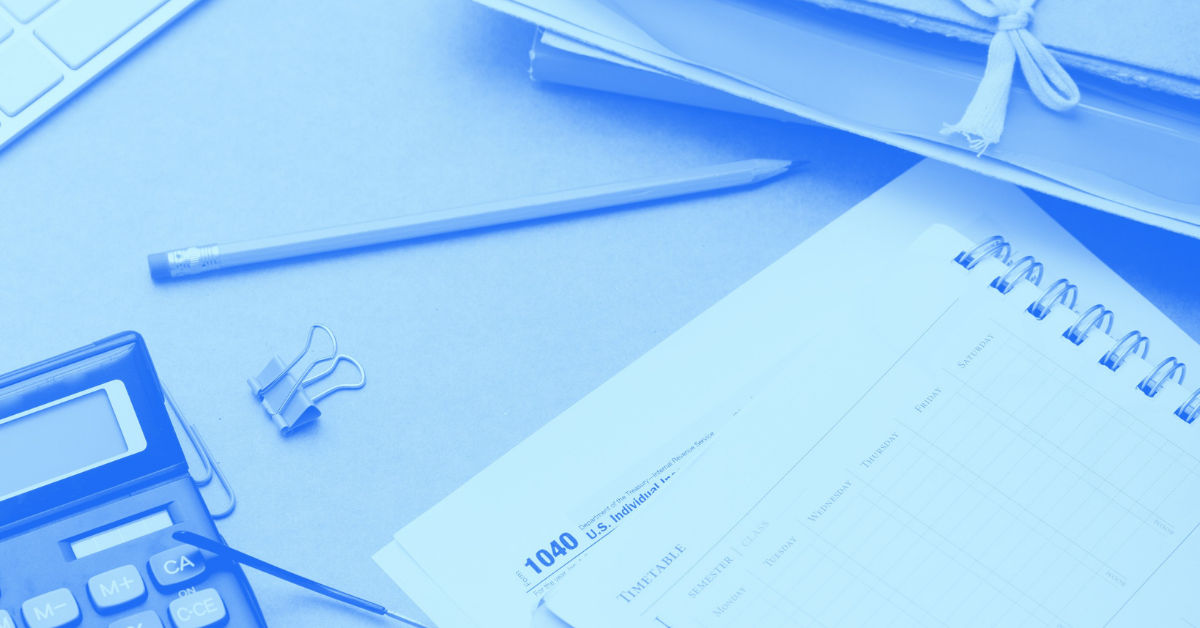Five Things to Do Right After You File Your Tax Return
Share this

3.5 MIN READ
Congratulations, you just filed your taxes! Enjoy that feeling of relief for a minute. Savor the idea that you don’t have to run around collecting documents, checking numbers and worrying about whether you understood the rules. But just for a little while. It’s tempting to throw your return in a drawer and not think about your income or deductions for another year, but I want you to do a few things while your taxes are fresh on your mind.
Review Your Return
Your tax return is probably the last thing you want to look at right now, but now, with the details fresh in your mind, is actually the best time for a review. Why?
First, you can catch mistakes. All of us, including professional tax preparers, can make errors. And even with the best tax preparation software, anyone can still transpose some numbers or forget to enter something all together. Go through your return and make sure your income figures and the amount of tax withheld match what was reported on your tax documents. If you find a mistake, you can always file a 1040X and make adjustments.
Second, you can start planning for next year. Use last year’s tax return as a guide to the types of deductions you’ll need to track this year. Maybe you didn’t get to deduct the maximum last year. With a little planning, this year, you can. For example, you might find that you can advantage of increasing your charitable contributions or unreimbursed employee expenses since you have started itemizing. Or for your schedule C business, you can take advantage of more business-related expenses that you didn’t track the previous year. Taking 15 minutes to understand and review your previous return will save you a lot of time, money, and stress in the next year
Get Organized Now
Last year’s tax return can also tell you which documents you’ll need to gather for this year, and give you a head start on assembling required information. That’s important because we get so many tax documents. It’s easy to miss or forget to download them. Paying student loan interest? You’ll see you have a 1098-E. Got some interest from a bank account? Look out for your 1099-INT. You can create a checklist to quickly identify what you need. Once you get the documents, keep them all in one envelope or folder for easy access.
Adjust Your Withholding to Keep Your Money
The moment of truth comes when you finally finish your return and figure out whether you owe or will get a refund. Most people are elated when they get a refund (the larger the better, right?). And others feel inadequate or like they’ve done something wrong because of the stigma associated with owing the IRS.
However, owing is actually good, to a certain extent. It means that you’ve kept more of your money to spend how you like, rather than giving the government an interest free loan. The time value of money principle states that that money is worth more to you now than in the future because of the interest you can make on it. So keep more of your money in your pocket.
If you’ve received a huge refund, adjust your W-4 exemptions to get more money in your monthly paycheck. If you owe, make sure it’s not so much that you can’t pay it back. If it is too much to pay, you can have more money taken from your paycheck or make additional payments quarterly to ensure that you can pay any balance that comes next year.
Deal with Your Debt
As I said, owing is good for you. The problem comes when you owe more than you can pay back and/or you incur an underpayment penalty for not paying enough in during the year. If you do run into this situation, I’ve already given some suggestions for dealing with your debt. You will want to resolve the problem right away, because penalties and interest continue to accumulate while you delay.
In the future, you can avoid an underpayment penalty if you either owe less than $1,000 in tax after subtracting your withholding and estimated tax payments, or if you’ve paid at least 90% of the tax for the current year or 100% of the tax shown on the return for the prior year, whichever is smaller.
If you do incur the penalty, you have to file form 2210 to figure out the amount that you owe. Then, you’ll want to adjust your W-4 withholding with your employer or figure out what you need to pay to the IRS on a quarterly basis in order to have just the right balance.
Review your Budget
Lastly, now that you have your total gross income and the total amount of tax you pay in front of you, it’s a good time to review your yearly budget. You can use the figures on the return to make sure you’re budgeting an accurate amount of income and expenses. Ben and I also use our tax return to calculate the appropriate percentage each of us contributes to our joint household bills. Since you are forced to look at your income at this point of the year, use the time to review all of your income and expenses.
Having the tax season over with is a huge relief. But if you can take just a little more time to do these five things, your future tax seasons and financial planning will go a lot smoother.
This article originally appeared on Brian Thompson Financial LLC
 About the Author
About the Author
Brian Thompson, JD, CFP® is the founder of Brian Thompson Financial LLC. His firm specializes in helping LGBTQ couples set and achieve their goals, protect and grow what they already have and guide them to the lifestyle that brings them fulfillment and happiness. Brian also serves as President of XYPN's Diversity Committee, whose mission is to lead the industry by attracting, supporting, and developing a diverse group of Financial Planners so our community can embrace our differences and make us all more knowledgeable, more accepting, and better people.
Do you know XYPN advisors provide virtual services? They can work with clients in any state! View Brian's profile
Share this
Subscribe by email
You May Also Like
These Related Stories

Making the Most Out of Your Charitable Contributions

Financial Planning: Create Your Holiday Survival Guide



